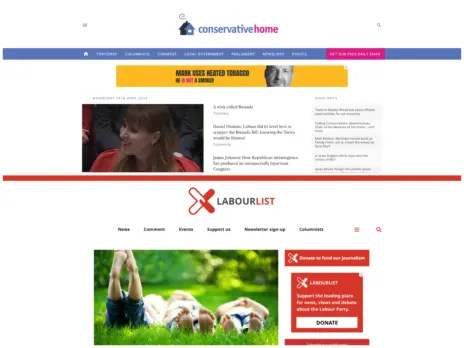Published in Press Gazette,
A new online project launched by blogger and citizen journalist advocates Global Voices aims to highlight censorship of social networking websites around the world.
The Access Denied map uses Google Maps to collate information about countries where sites have been banned or are threatened by a ban. Markers highlight each country where access to major websites has been barred. The site will also track relationships between anti-censorship groups around the world and their work to protect access to Web 2.0 tools and websites.
Global Voices’ advocacy director Sami Ben Gharbia says the map was a response to an increase in the number of countries that are blocking access to major 2.0 websites in recent months.
“Hardly a month passes by without hearing that a video-sharing site, a blogging platform or a social networking websites has been blocked,” says Tunisia-based Ben Gharbia. “That, with the advice of my colleague and friend [Global Voices co-founder] Ethan Zuckerman, gave me the idea of building a Google map that provides information about the censorship and anti-censorship efforts related to the Web 2.0.”
Ben Gharbia said he hopes that the map will raise awareness about the threat that censors pose to online freedom of expression and free access to information. Ensuring that Web 2.0 tools are accessible to all is a major part of the battle to protect freedom of expression, he argues.
“I’m not the only one who is thinking that freedom of expression is not only about having the right to express ourselves, but also having the means to do it,” he says. “Web 2.0 tools are giving the ability to millions of citizens around the world, who, in the pre-Web 2.0 era, may have been voiceless, to share stories, pictures, videos and express their opinions.
“Blocking access to major websites such as the video-sharing site YouTube or the free blogging service Blogger or photo-sharing site Flickr is in fact cutting off millions of citizens from accessing million of weblogs, photos and videos that those services host.”
The map, he hopes, will also serve the local online anti-censorship movements by helping them find each other and share information and tactics.
Ben Gharbia cites the example of a young Iranian who, following the ban on Flickr.com, developed a Firefox extension, Access Flickr, that enables his fellow citizens to circumvent the filter. Another example comes from the Turkish activists who reacted to the ban on the WordPress.com blogging platform by launching a project, WordPrexy.com, that makes all blogs hosted on WordPress.com accessible.
“I think people will be more and more inclined to condemn restrictions posed on the access to web 2.0 applications and tools,” he says. “They will be more creative in finding ways to circumvent censorship, especially in countries where this kind of content is being targeted, like in China, the United Arab Emirates, Iran and Syria.”
Ben Gharbia said that since the launch of the site, a lot of websites that are dedicated to the Web 2.0 phenomenon or to the censorship issue have reported about the map. “We’ve also received a number of emails from internet users commenting about the map or willing to get involved in indexing online censorship,” he says.
Email pged@pressgazette.co.uk to point out mistakes, provide story tips or send in a letter for publication on our "Letters Page" blog






